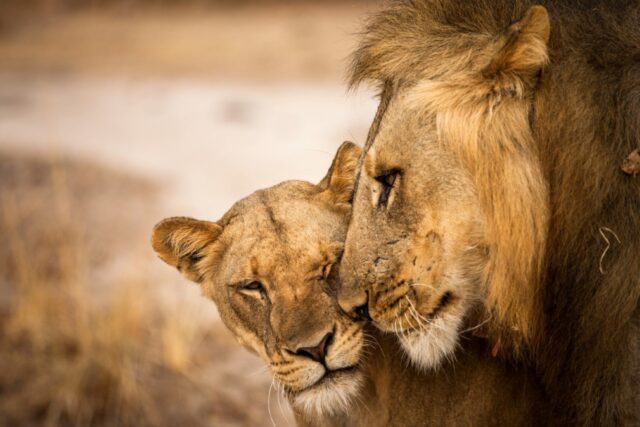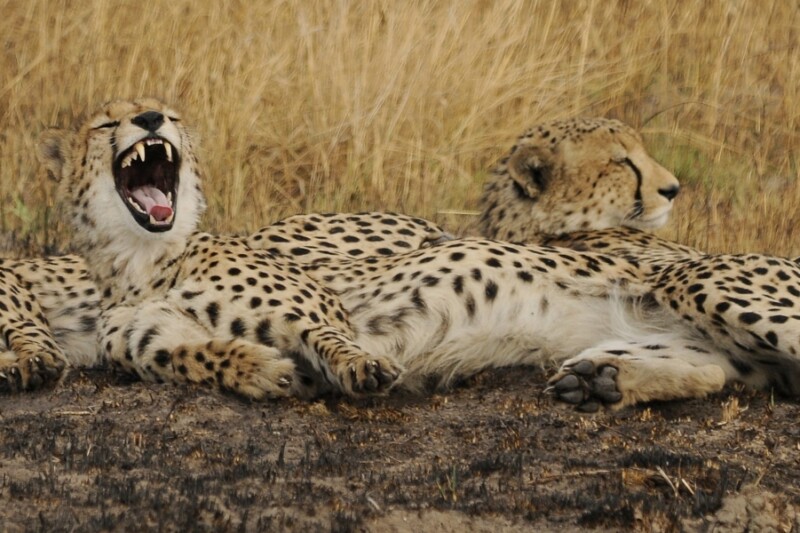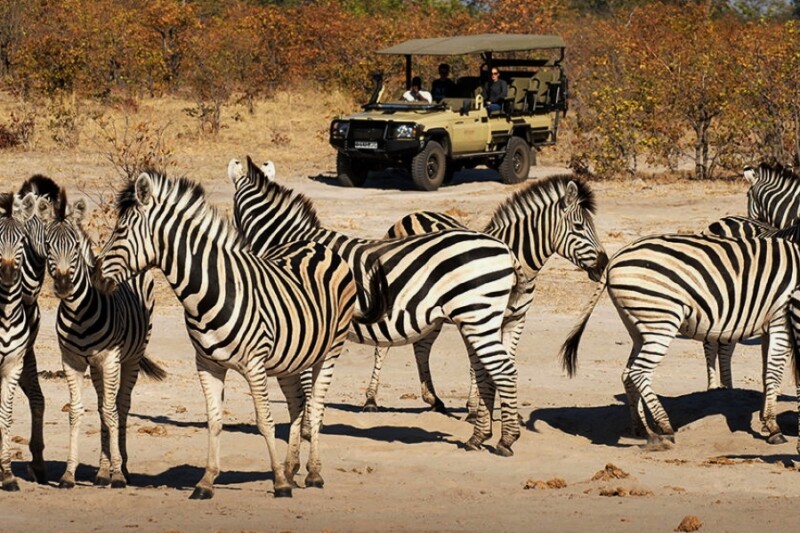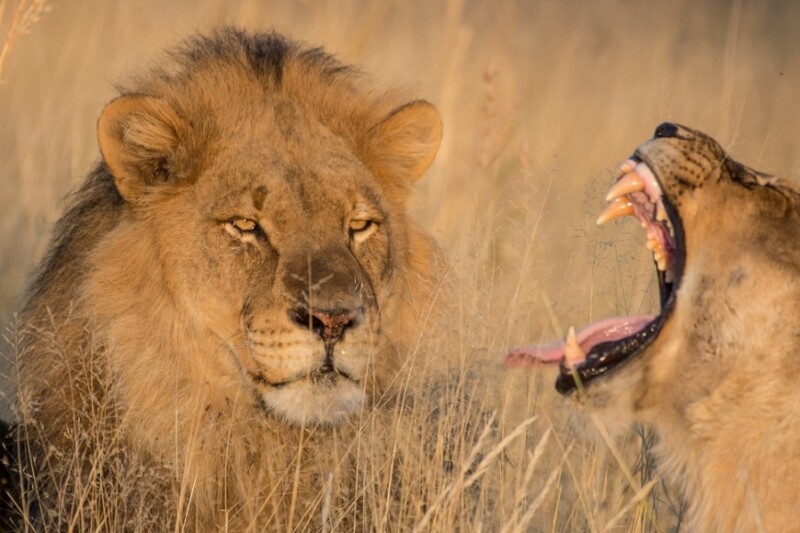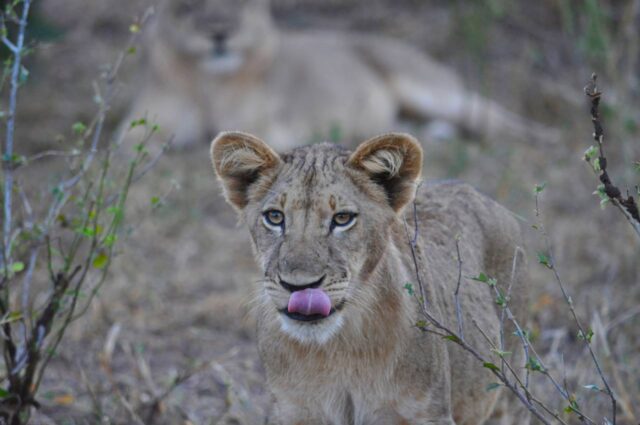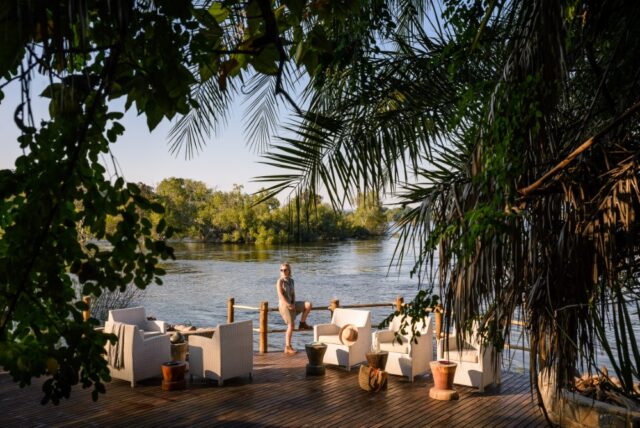Enjoy morning and afternoon/evening games drives where you may encounter elephants, leopards, rhinos, cheetahs, hippos and more. Come and discover the thrill of Zambia for yourself.
Zambia is renowned for its legendary walking safaris, offering an authentic experience of the African bush and its vibrant flora and fauna. The country is home to award-winning camps and lodges nestled in pristine, untouched environments, providing a truly immersive experience.
Additionally, Zambia is the proud host of the majestic Victoria Falls, one of the Seven Natural Wonders of the World and a UNESCO World Heritage Site. Beyond this stunning natural wonder, Zambia offers an array of exhilarating activities, including microlighting over the falls, white-water rafting on the world-class Zambezi rapids, thrilling gorge swings, and the ultimate bungee jump from the Victoria Falls Bridge, one of the deepest natural bungee points in the world.
With its breathtaking landscapes and a wealth of adventure opportunities, Zambia is a premier holiday destination for all seasons.

South Luangwa National Park
Discover the breathtaking beauty of South Luangwa National Park, widely celebrated as Zambia’s finest and one of Africa’s most majestic wildlife destinations. Imagine watching impalas, pukus, and buffaloes gracefully roaming the expansive plains, while leopards stealthily hunt through the lush woodlands. Picture herds of elephants splashing through the marshes and hippos leisurely grazing on the Nile cabbage in the serene Luangwa River.
Bird enthusiasts will be delighted by the park’s incredible avian diversity, with around 400 species making their home here. Nestled between the dramatic Muchinga Escarpment and the winding Luangwa River, South Luangwa National Park spans an impressive 9,050 square kilometers of pristine wilderness, offering one of the highest concentrations of wildlife in Africa. Come and immerse yourself in this unparalleled natural wonder!

North Luangwa National Park
North Luangwa National Park is the untouched wilderness and will charm you with its pristine beauty and variety of wildlife. North Luangwa National Park in Zambia, the northernmost of the three in the valley of the Luangwa River was founded as a game reserve in 1938, it became a national park in 1972. North Luangwa and South Luangwa National Parks and associated game management areas in the east of the country make up almost as large an area where they straddle the Luangwa River and provide an exceptional experience in the ancient riverine woodlands adjacent to the river.
Discover the untouched splendor of North Luangwa National Park, a hidden gem that promises an authentic wilderness experience. Nestled in Zambia’s northernmost Luangwa River valley, this park was established as a game reserve in 1938 and became a national park in 1972. It, along with South Luangwa National Park, forms a vast expanse of ancient riverine woodlands, offering a truly exceptional adventure.
As one of the most remote areas within Africa’s Great Rift Valley, covering 4,636 square kilometers, North Luangwa invites you to step back in time. Here, you’ll experience Africa in its rawest and most captivating form. This pristine environment is home to a rich array of wildlife, including buffalo, elephants, lions, leopards, Africa’s highest concentration of hippos, and over 400 bird species.
The park’s walking safaris, which follow established animal trails, provide an intimate way to witness these majestic creatures in their natural habitat. North Luangwa’s walking trails offer some of the finest opportunities to explore and connect with this magnificent wilderness. Join us for an unforgettable journey through one of Africa’s last great frontiers.
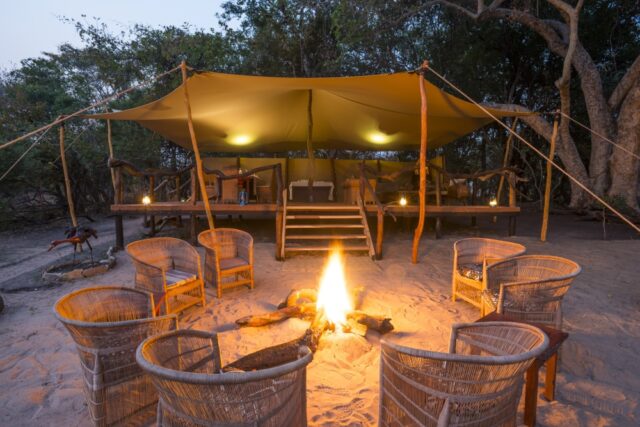
Liuwa Plains National Park
Discover the unparalleled beauty of Liuwa Plains National Park in Zambia’s Western Province, a gem rich in cultural heritage and wildlife wonder. Located in Barotseland on the Upper Zambezi Flood Plains, Liuwa Plains encompasses 3,660 km² of expansive grasslands and scattered wooded islands. This vast, flat plain transforms during the rainy season, with much of it submerged under water, creating a breathtaking landscape.
Experience the awe-inspiring spectacle of the second-largest wildebeest migration in Africa. Every July, tens of thousands of blue wildebeest traverse the plains in search of lush grazing grounds. Join us in exploring this extraordinary natural wonder and immerse yourself in the vibrant tapestry of wildlife and tradition that defines Liuwa Plains National Park.

Lower Zambezi National Park
Experience the untamed beauty of the Zambian wilderness, where the essence of wild Africa comes alive. Nestled at the crossroads of Southern and East Africa, Zambia boasts some of the continent’s most expansive and pristine wildlife reserves. Discover the enchanting Lower Zambezi National Park, a haven for nature enthusiasts and adventure seekers alike.
Spanning an impressive 4,092 square kilometers, the Lower Zambezi National Park is renowned for its rich concentration of wildlife, especially along the picturesque valley floor. The Zambezi River, Africa’s fourth-longest river and the longest flowing eastward into the Indian Ocean, weaves its way through this extraordinary landscape. The park’s escarpment naturally confines much of the wildlife to the valley floor, creating a unique opportunity to witness animals in their natural habitat.
Immerse yourself in the beauty of this stunning park through river safaris and canoe excursions, where wildlife encounters are often more intimate and undisturbed. Whether you’re captivated by the breathtaking scenery or the vibrant wildlife, the Lower Zambezi National Park promises an unforgettable adventure.

Mosi-Oa-Tunya National Park
We are pleased to invite you to explore Mosi-oa-Tunya National Park, a UNESCO World Heritage site and a key component of the Kavango-Zambezi Transfrontier Conservation Area. This ambitious initiative aims to connect the national parks of five African countries into a vast, unified park. Named “the smoke that thunders” in reference to the breathtaking Victoria Falls located within its boundaries, Mosi-oa-Tunya National Park spans 66 square kilometers along the Zambezi River. It offers exceptional opportunities for immersive game-viewing experiences in a pristine and picturesque setting.

Livingstone / Victoria Falls
Welcome to Livingstone Town, a gem with a rich historical legacy named after the renowned Victorian missionary and explorer, Dr. David Livingstone, who extensively explored this region. Established in 1905, Livingstone Town quickly became a key European settlement due to its strategic location near the Zambezi River crossing into Southern Rhodesia.
In 1911, Livingstone was designated the capital of Northern Rhodesia, a status that afforded it remarkable facilities and amenities, evident in the elegant Edwardian buildings that still adorn the city’s main road. It was also home to the country’s first newspaper. Although the capital was moved to Lusaka in 1935, Livingstone has retained its unique charm, evolving from a bustling city to a serene town.
Today, Livingstone continues to enchant visitors with its close proximity to the Zambezi River and the breathtaking Victoria Falls, making it a perfect base for those eager to experience this natural Wonder of the World.
